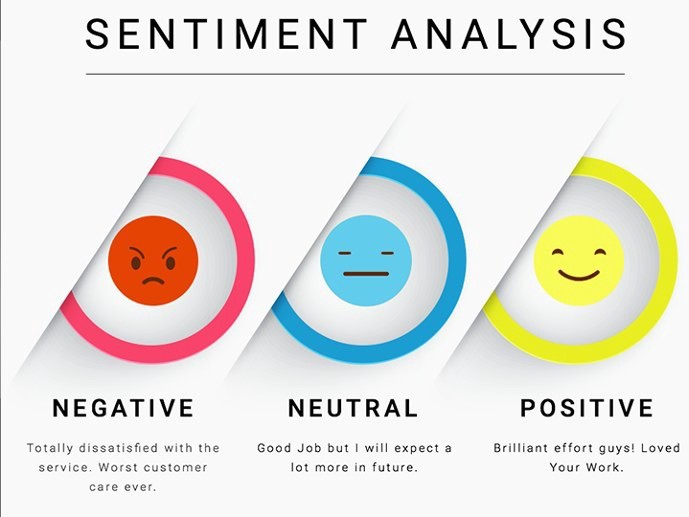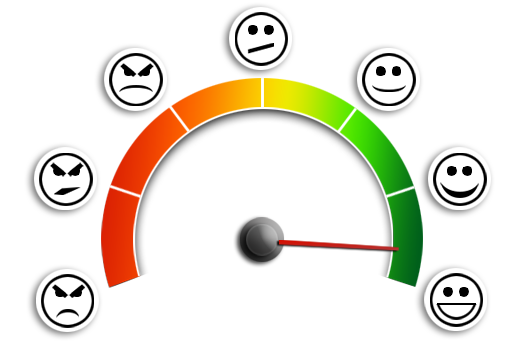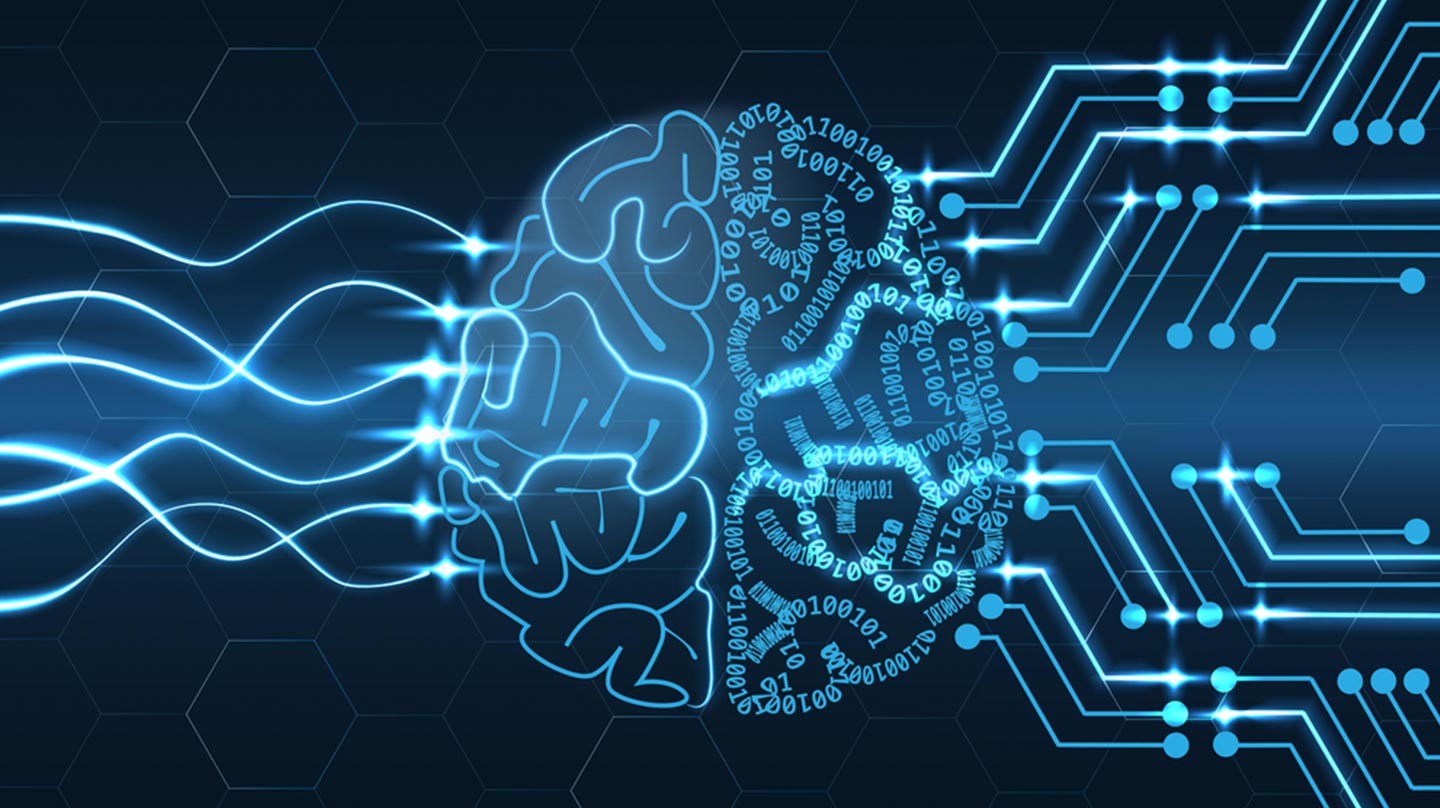
I came across an interesting article on TechCrunch (see last picture below) that I had to share with you. It’s about artificial intelligence and social justice. You might wonder what these 2 have in common. Take a look at the picture below which I took at a conference in 2016. Notice how the algorithm captures 2 faces around me including an invisible face next to my left shoulder BUT IT DOES NOT SEE MY FACE. That day, I did quite a few moves including putting my head right next to my friends heads, but it did not work. The poor demonstrator at the stand just resolved to say “go talk to the Python people. We are only using their code.”
Why make such a big deal of facial recognition anyway?
As you have probably heard, artificial intelligence is getting into everything including our phones, TVs, cars, planes, factories, etc. What this means is that a car that normally recognizes pedestrians might have a harder time recognizing me because I am black and it may result in me being hit. A firefighting robot designed to save people from fire may save all my white friends but leave me to burn because it could not recognize me. While these examples might seem extreme, note that Tesla cars already incorporate autopilots based on this technology.
So why is it so hard to recognize black people?
To understand this, you have to understand the basic principle behind how artificial intelligence works. Essentially, AI is a program that’s written to learn from its environment and use that information to make inference. For example, AI code that is “trained” with a majority of white faces will have a hard time detecting black people faces. The same goes for everything else. For this reason, the data foundation being built as the foundation for tomorrow’s world where planes, cars and other things operate autonomously is being created with less representation from the black community.
What can we do about it?
Get involved. Learn about machine learning and AI then start building your own models bases on our realities in Africa. Let’s not be caught sleeping again. Let’s wake up now and create our own path with this next revolution. Most of the learning is free and accessible. If you have not done anything in this area, start with our free Python course at TekZone Academy: http://tek.zone/academy/.









